Smokey Creek and South Fork Trinity River Along the Bigfoot Trail
Spring break offered the opportunity for a brief trip into the southern Klamath Mountains. The Bigfoot Trail was calling, and as I am working on a new map set for the trail, my goal was to check some of the route descriptions and enjoy the wilds of Trinity County. Our first significant snowfall of the rainy season locked me out of the Yolla Bolly-Middle Eel Wilderness with over a foot above 4000′. So the lower elevations of the South Fork Trinity River became my destination. Here I would re-explore the Smokey Creek Trail and enjoy some quality time with my new friend, the manzanita.
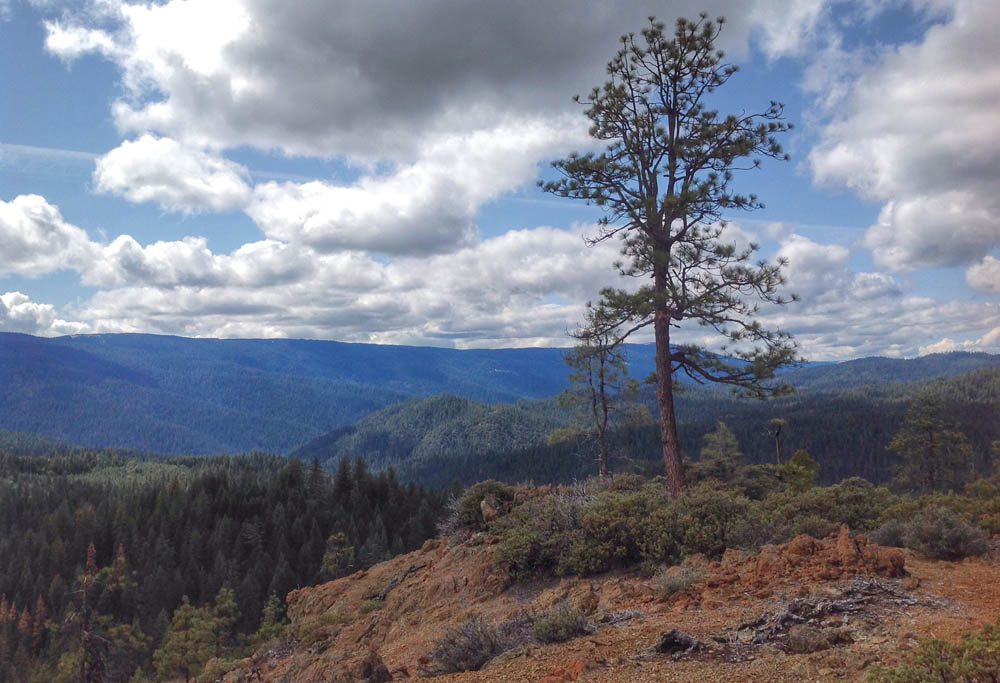
Manzanitas are the “rock stars” of woody shrub diversity in California, reaching this status by way of amazing adaptability to the varied environments within the California Floristic Province. Most manzanita species depend upon fire for their regeneration and, while found on a wide variety of substrates, preferred soils are typically shallow, rocky, and/or nutrient poor. Like many other California evergreens (including my beloved conifers!) the hardy manzanitas have benefited from environments wherein competition from many plants is reduced and their own adaptability to poorer growing sites allows them to thrive. This, somewhat ironically, has made the unassuming “little apple” the most species-rich shrub genus in the California Floristic Province.

Most manzanita diversity occurs from the Bay Area south to Baja, but in the north part of the California Floristic Province, Arctostaphylos are still well represented. It turns out that the some of the lower elevation regions of the Bigfoot Trail traverse serpentine outcrops and with serpentine comes rare plant communities and within those are some spectacular manzanitas. What follows is a photo-journey along the Bigfoot Trail in Manzanita Country.
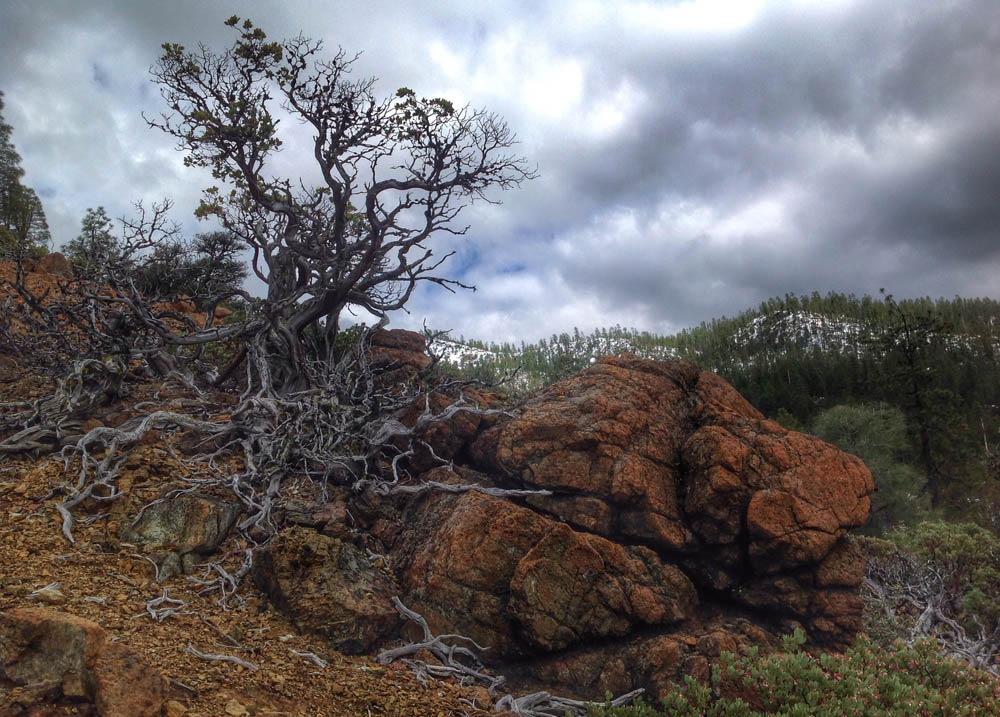
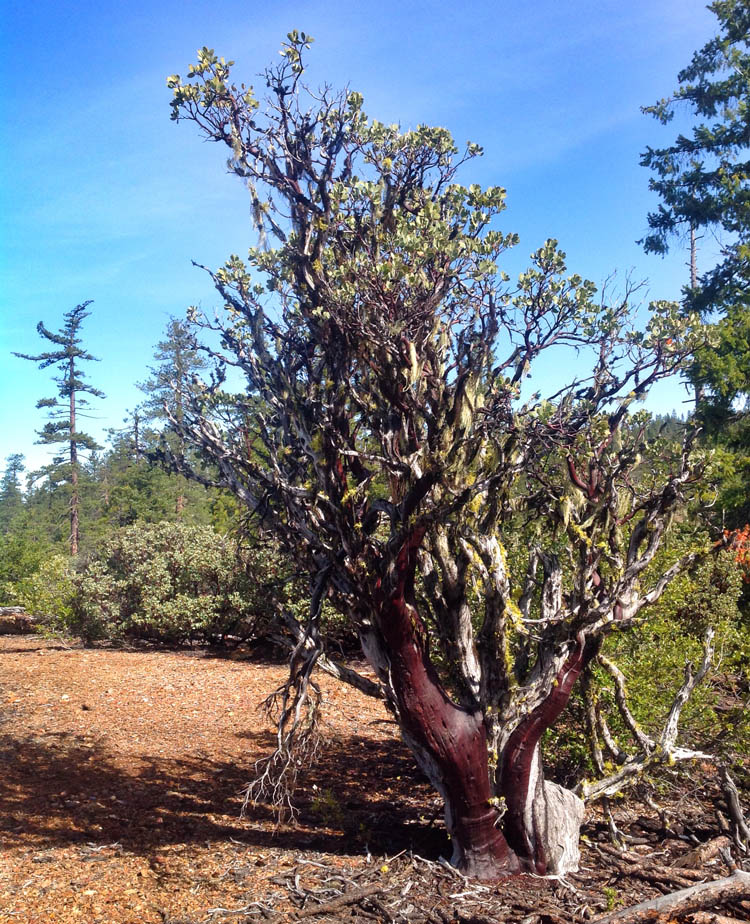
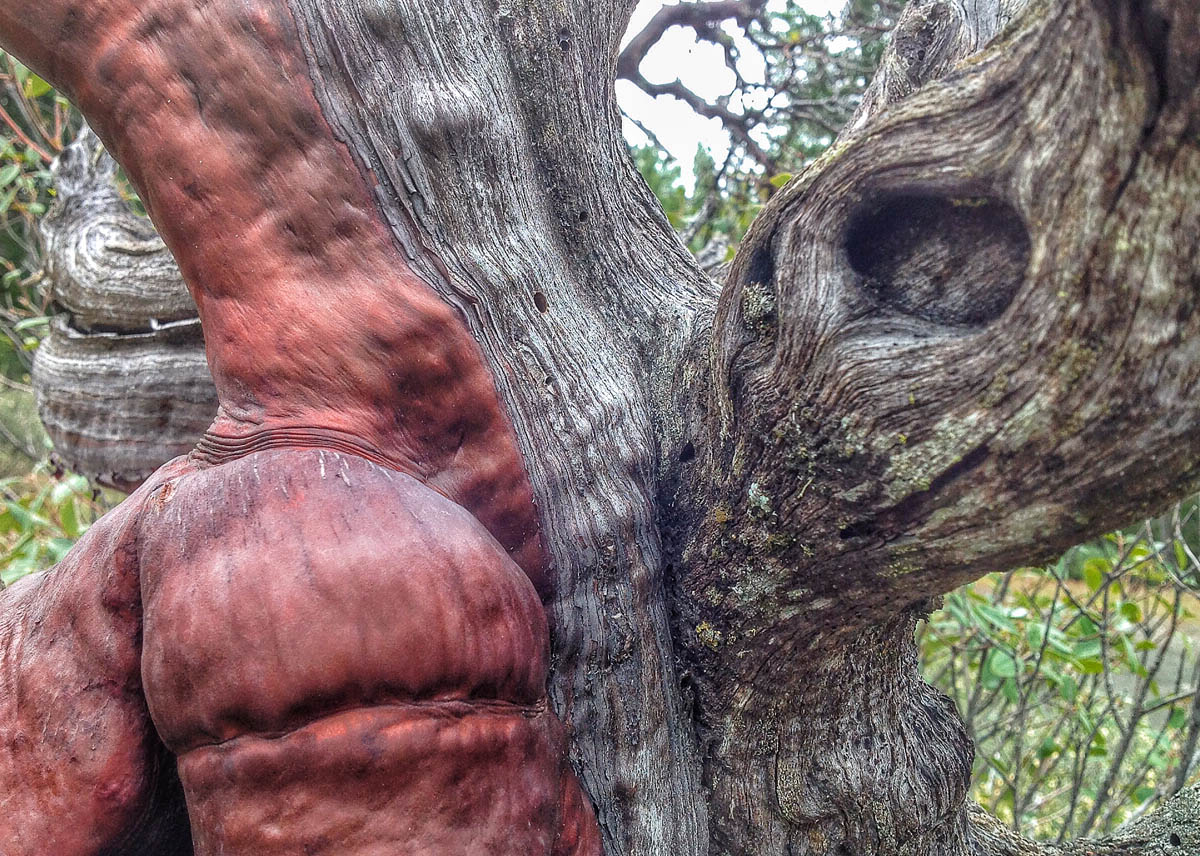
The Smokey Creek Trail travels a little over 4 miles between Bramlet Rd. and the South Fork of the Trinity and dissects the Smoky Creek RNA. This trail is used illegally by motorcyclists, and that is an ongoing problem for the trail and the Research Natural Area. It is designated as a non-motorized trail. The route is steep and is in need of some TLC from a trail crew…
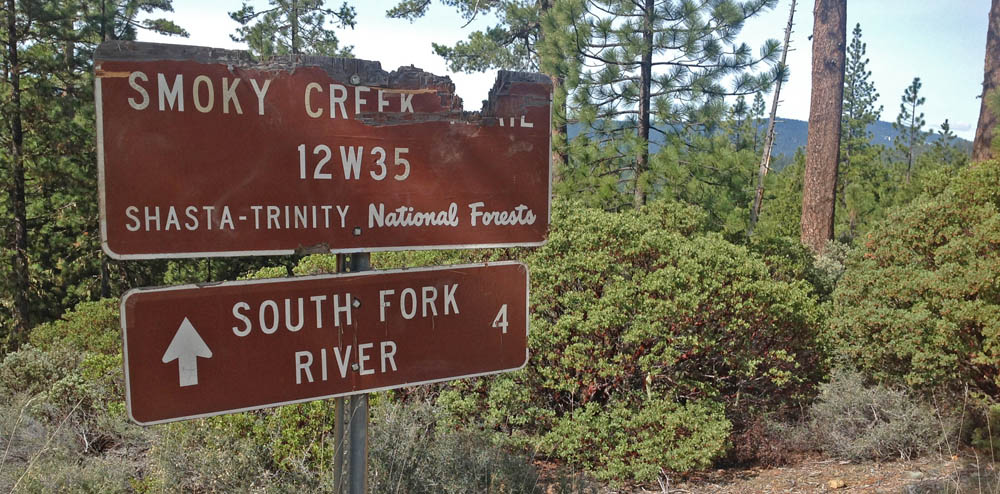
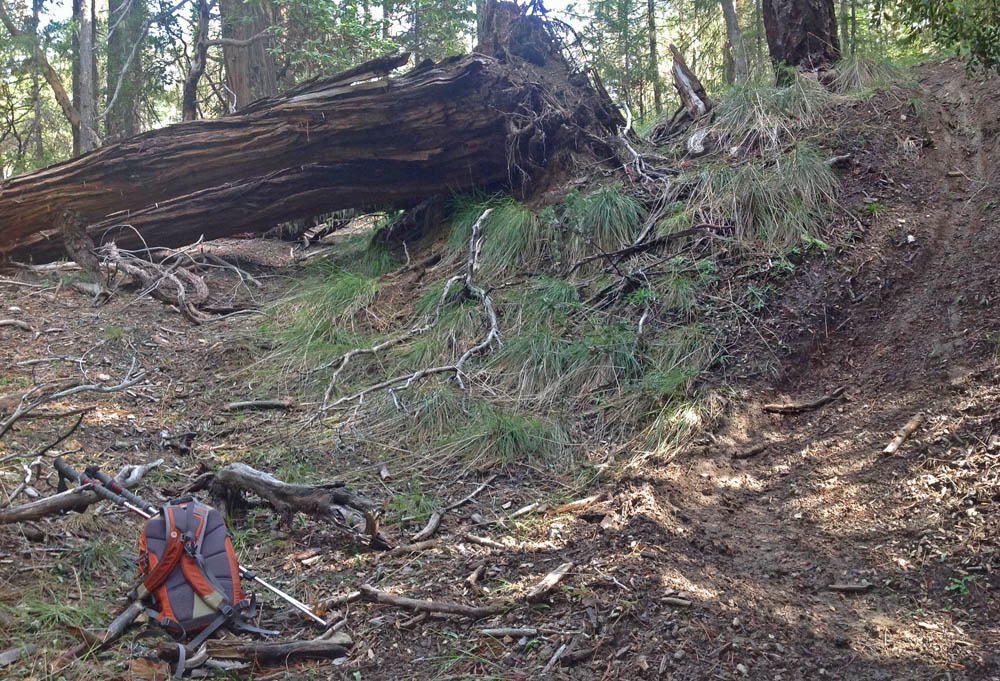
Interested in learning more about manzanitas? A Field Guide to Manzanitas, is available now.

One Reply to “Manzanita Country”
Comments are closed.